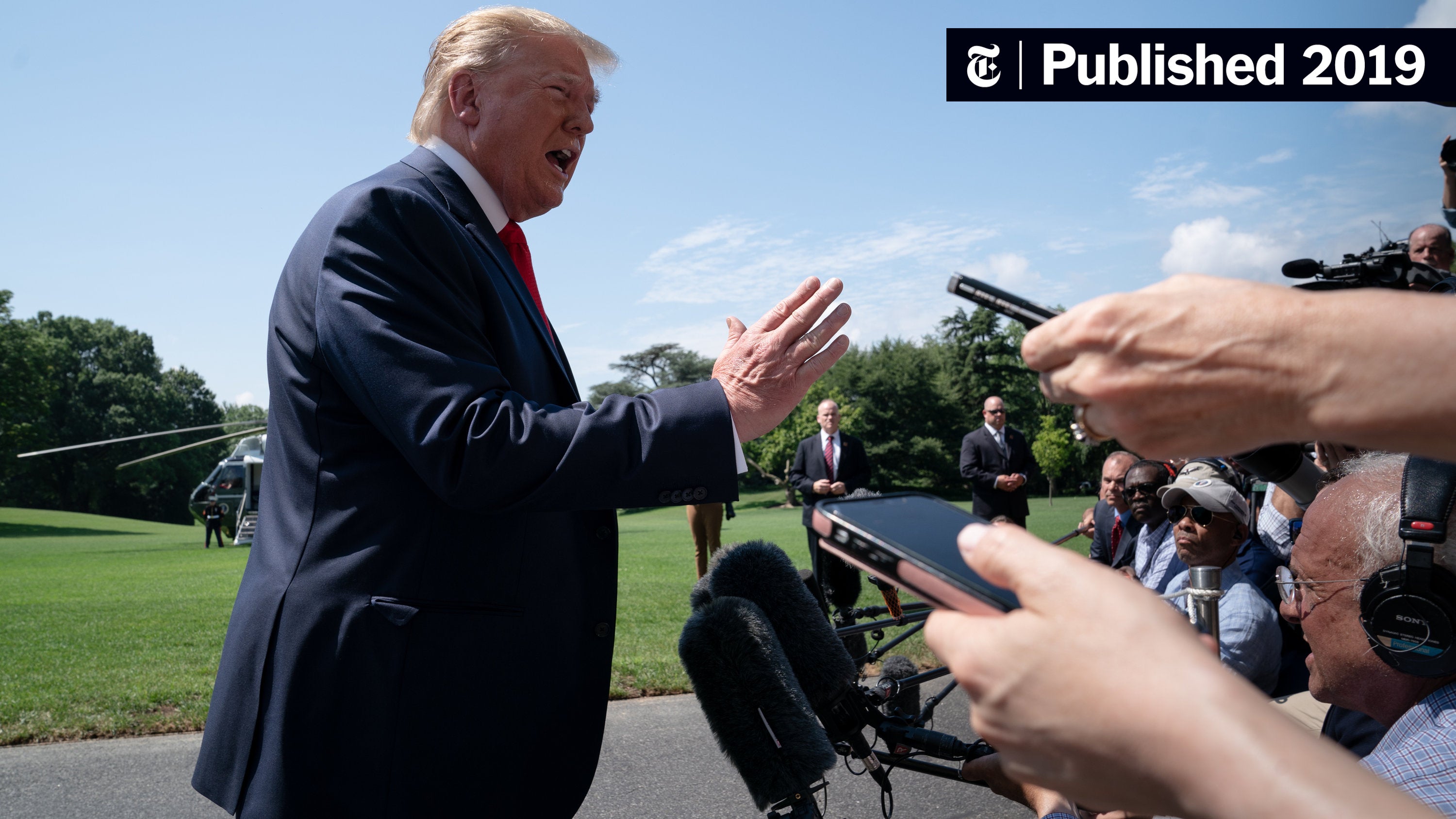The Implications Of Trump's Executive Order On Drug Prices

Table of Contents
Impact on Pharmaceutical Companies and Innovation
Trump's Executive Order on Drug Prices directly impacts pharmaceutical companies by potentially altering their profit margins and, consequently, their investment strategies.
Reduced Profit Margins and Investment
Price controls, a key component of the executive order's approach, could significantly decrease pharmaceutical company profits. This reduction in revenue directly impacts their ability to fund crucial research and development (R&D) efforts. The development of new drugs is an expensive and lengthy process, requiring substantial investment.
- Reduced funding for innovative therapies: Less profit means fewer resources for exploring new treatments for rare diseases or developing cutting-edge medications.
- Potential delays in bringing new drugs to market: Reduced R&D investment can lead to prolonged timelines for drug development, delaying access to potentially life-saving medications.
- Impact on smaller biotech companies: Smaller companies, with less financial resilience, may be disproportionately affected, potentially hindering innovation in the pharmaceutical industry.
Shift in Drug Development Strategies
Facing reduced profit margins, pharmaceutical companies might strategically adjust their research and development focus.
- Increased focus on orphan drugs: Drugs targeting rare diseases often command higher prices due to smaller patient populations, making them more attractive under price controls.
- Potential for fewer generic drug options: The reduced incentive to develop generic versions of existing drugs could limit competition and potentially maintain higher prices for some medications.
- Exploration of new business models: Companies might explore alternative business models, such as outcome-based pricing or value-based care, to offset the impact of price controls.
Effect on Patients and Access to Medication
The intended beneficiary of Trump's Executive Order on Drug Prices is the patient. However, the impact is multifaceted.
Increased Access to Affordable Medications
Lower drug prices, if achieved, could dramatically improve access to essential medications for millions of Americans.
- Lower out-of-pocket costs: Patients would experience reduced financial burdens, making medications more affordable and accessible.
- Increased affordability of essential medications: This could significantly improve medication adherence, leading to better health outcomes.
- Improved medication adherence: Patients would be more likely to take their medications as prescribed, leading to better health outcomes and reduced hospitalizations.
Potential Shortages and Supply Chain Disruptions
Paradoxically, lower drug prices might inadvertently lead to drug shortages.
- Increased wait times for medications: Decreased profitability could incentivize manufacturers to reduce production or even cease production of certain drugs, leading to shortages.
- Difficulties obtaining necessary treatments: Patients could face delays or difficulties accessing essential medications, potentially impacting their health and well-being.
- Potential for black markets: Shortages could create opportunities for black markets, increasing risks for patients who may obtain counterfeit or substandard drugs.
Legal and Regulatory Challenges
Trump's Executive Order on Drug Prices faced significant legal and regulatory hurdles.
Constitutional and Legal Scrutiny
The executive order's approach to drug price regulation sparked considerable legal debate.
- Potential lawsuits from pharmaceutical companies: Pharmaceutical companies challenged the order's legality, arguing that it infringed upon their rights and exceeded the government's authority.
- Challenges to the government's authority to regulate drug prices: The extent of the government's power to regulate drug prices is a complex legal issue with ongoing debate.
International Implications
The executive order had the potential to impact international trade relations.
- Retaliation from other countries: Other countries could retaliate with their own trade restrictions on US pharmaceutical products.
- Impact on drug prices globally: The order could have ripple effects on global drug pricing, potentially destabilizing the international pharmaceutical market.
- Potential for trade disputes: The order’s implementation could lead to protracted trade disputes between the US and other nations.
Long-Term Consequences and Unintended Outcomes
The long-term implications of Trump's Executive Order on Drug Prices are complex and uncertain.
Sustainability of the Healthcare System
The executive order's impact on the long-term financial sustainability of the US healthcare system is a key concern.
- Effect on Medicare and Medicaid spending: Lower drug prices could potentially reduce government spending on these programs.
- Impact on the overall cost of healthcare: The overall effect on healthcare costs remains uncertain and depends on the interplay of various factors.
- Potential for unintended consequences: Unforeseen consequences, such as reduced innovation or drug shortages, could negatively impact healthcare affordability and access in the long run.
The Role of Innovation in Affordable Healthcare
Balancing affordable healthcare with the need for continued pharmaceutical innovation is crucial.
- Balancing cost and innovation: Finding a sustainable balance between cost containment and incentivizing innovation in drug development is a significant challenge.
- The role of government incentives: Government policies could play a critical role in encouraging innovation while ensuring drug affordability.
- The future of pharmaceutical pricing: The debate over pharmaceutical pricing models is likely to continue, shaping the future of healthcare access and affordability.
Conclusion: Assessing the Long-Term Implications of Trump's Executive Order on Drug Prices
Trump's Executive Order on Drug Prices presented a complex and multifaceted challenge, with the potential for both significant benefits and unforeseen drawbacks. While lower drug prices could improve access to medication for many Americans, the potential consequences for pharmaceutical innovation, drug shortages, and international trade relations require careful consideration. The issue of drug pricing is far from resolved, and a comprehensive approach that balances cost containment with the need for continued medical advancements is essential. To stay informed about the ongoing debate on drug pricing reform and the evolution of policies related to Trump's Executive Order on Drug Prices and its successors, we encourage further research into relevant publications and engagement with organizations dedicated to healthcare policy.

Featured Posts
-
 Kilkist Romiv V Ukrayini Regionalniy Rozpodil Ta Demografichni Osoblivosti
May 13, 2025
Kilkist Romiv V Ukrayini Regionalniy Rozpodil Ta Demografichni Osoblivosti
May 13, 2025 -
 Gerard Butlers Box Office Flop Finds New Life As A Netflix Hit
May 13, 2025
Gerard Butlers Box Office Flop Finds New Life As A Netflix Hit
May 13, 2025 -
 Ostapenko Stuns Swiatek Again Advances To Stuttgart Semifinals
May 13, 2025
Ostapenko Stuns Swiatek Again Advances To Stuttgart Semifinals
May 13, 2025 -
 Cornyn And Paxton Launch Investigations Into Epic City Doj And State Probes Underway
May 13, 2025
Cornyn And Paxton Launch Investigations Into Epic City Doj And State Probes Underway
May 13, 2025 -
 Skarlet Gioxanson Oristiki I Apofasi Den Epistrefei Os Black Widow
May 13, 2025
Skarlet Gioxanson Oristiki I Apofasi Den Epistrefei Os Black Widow
May 13, 2025
